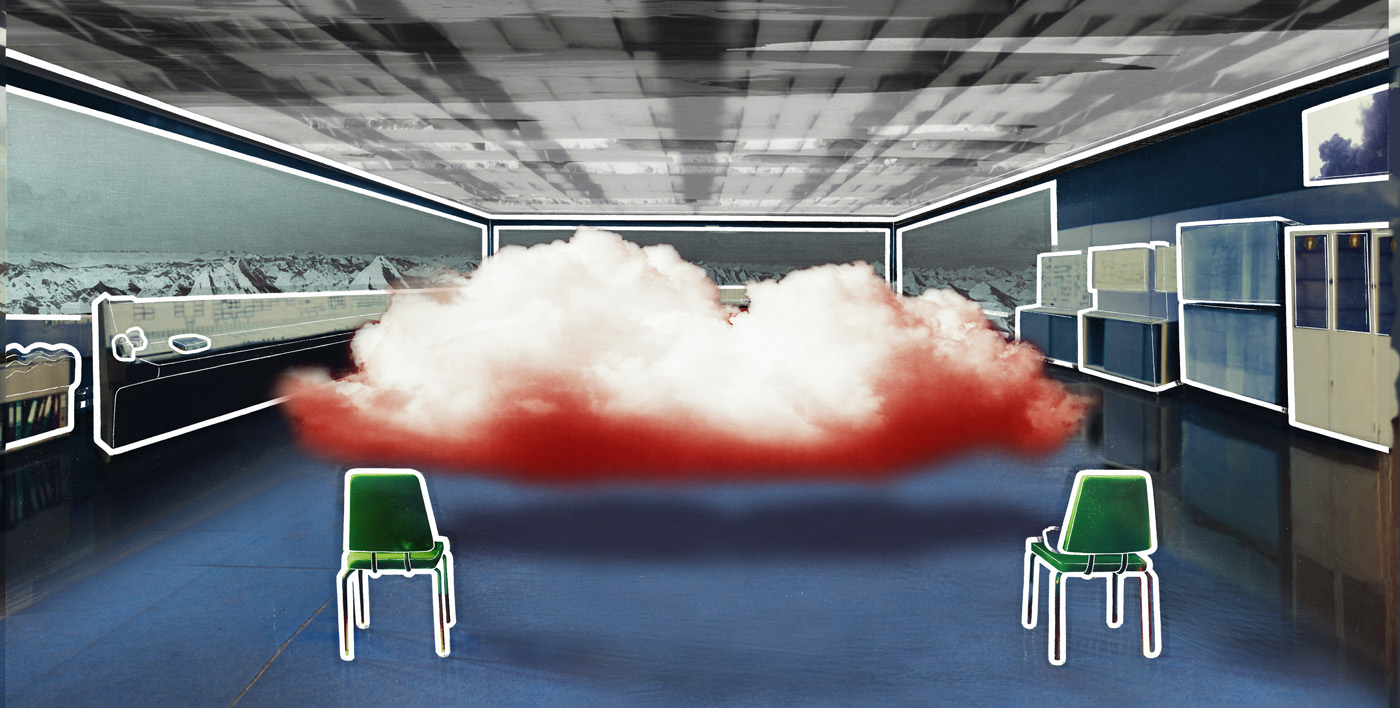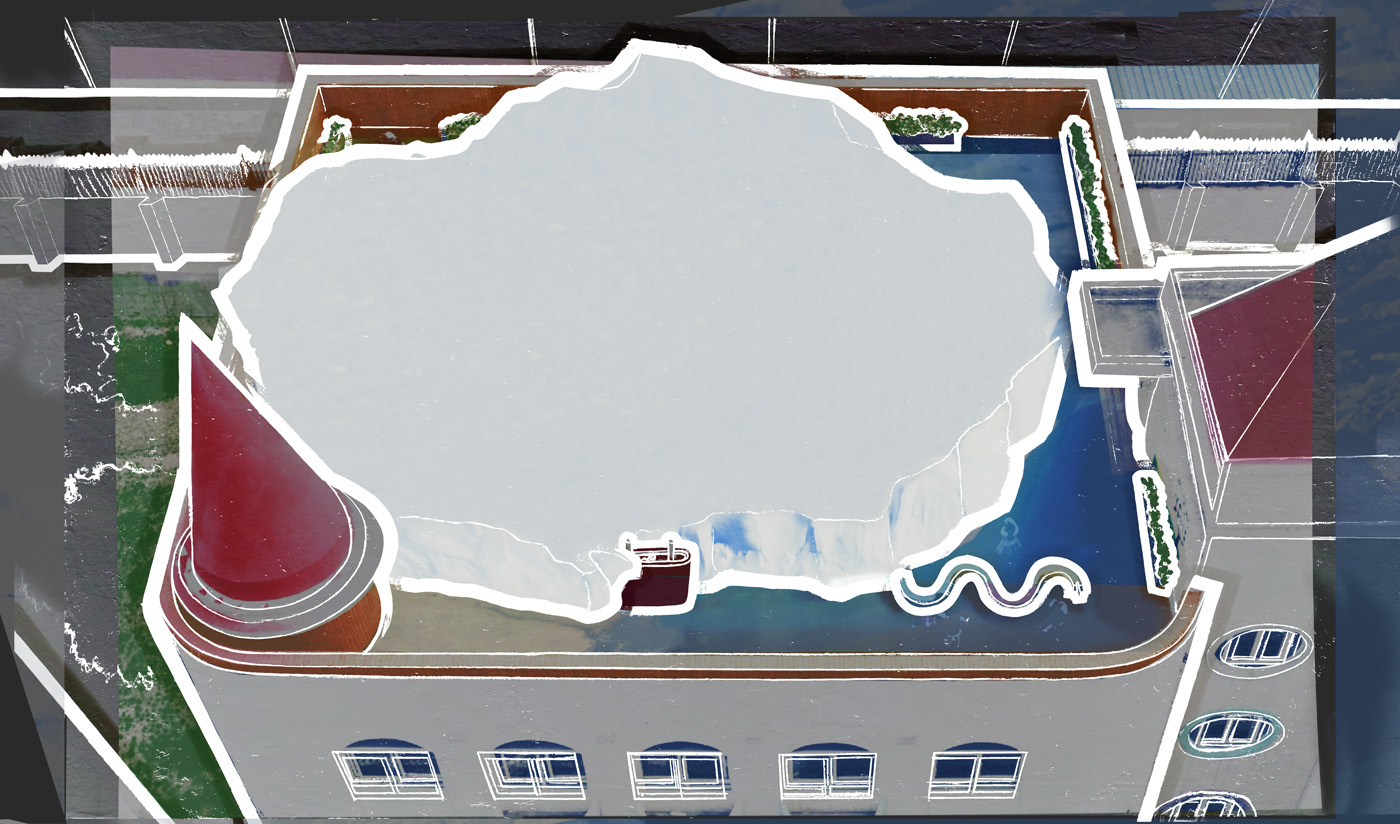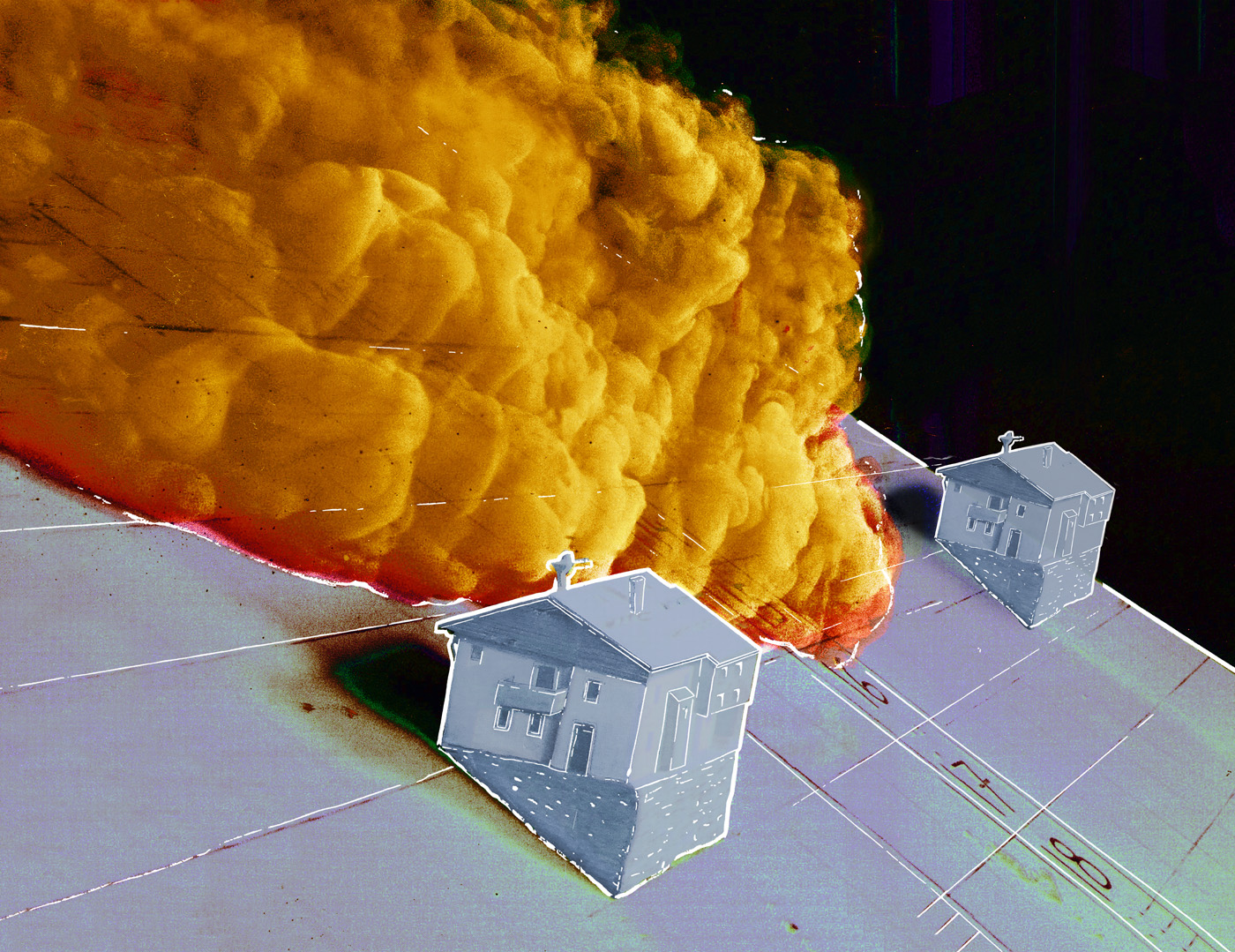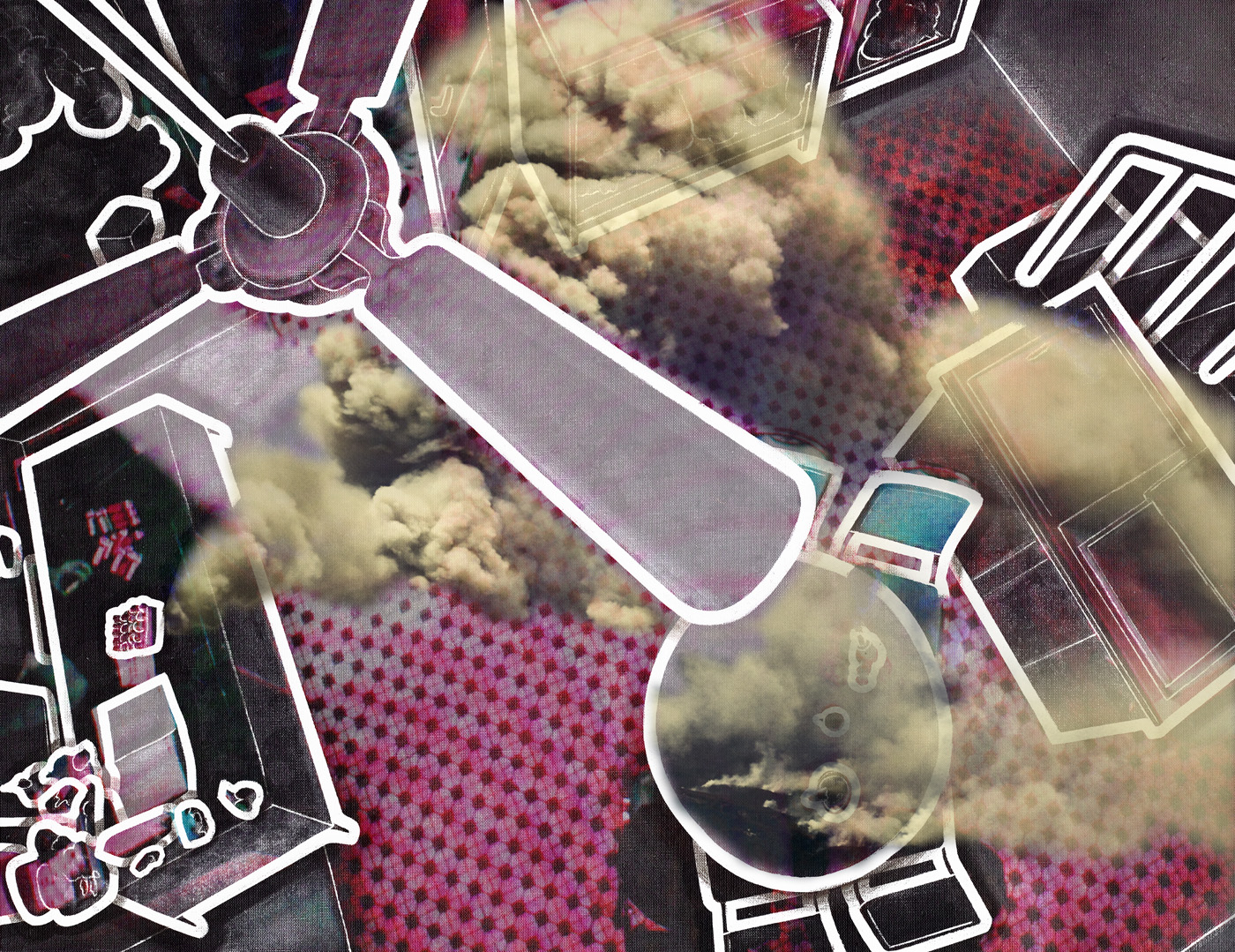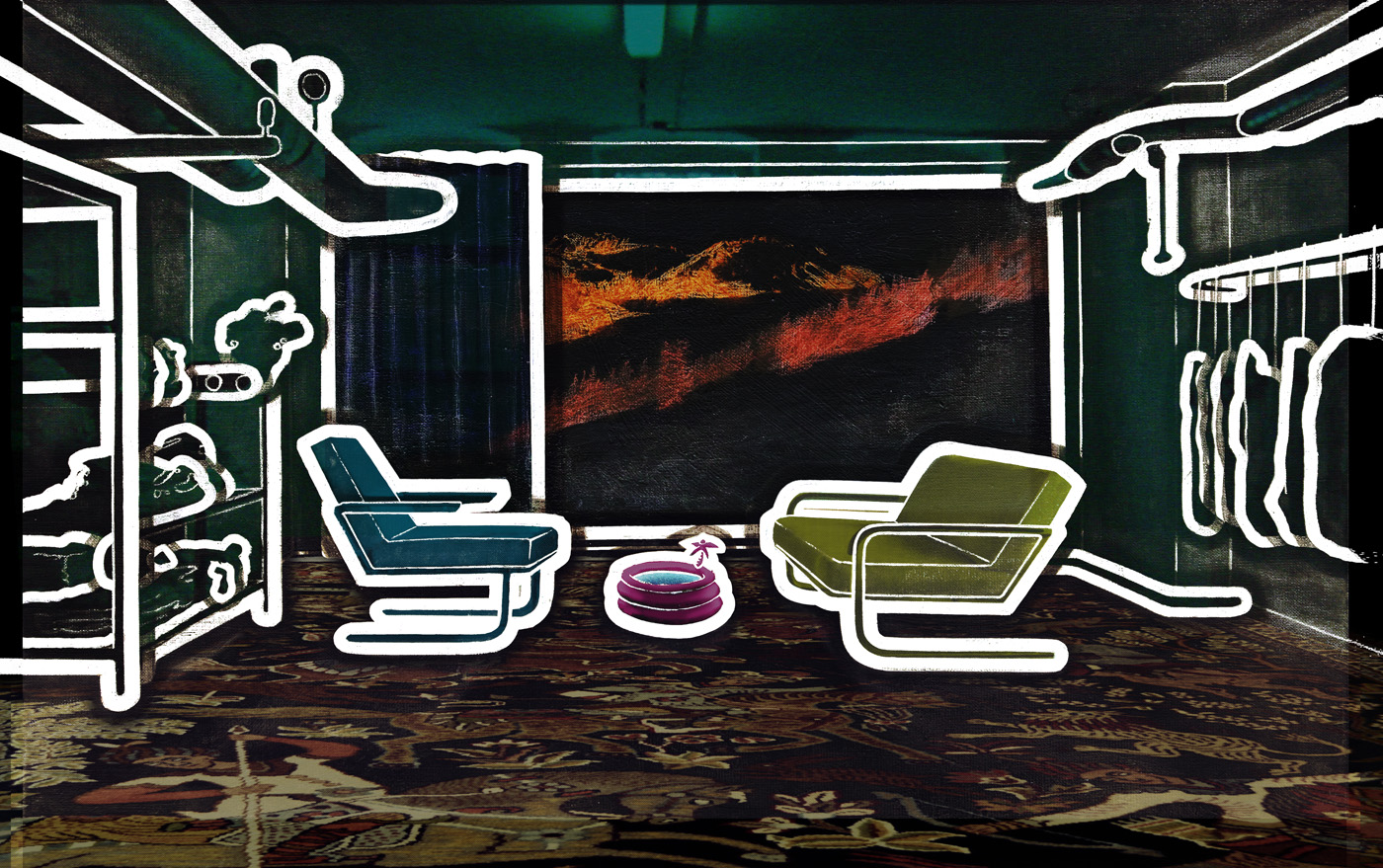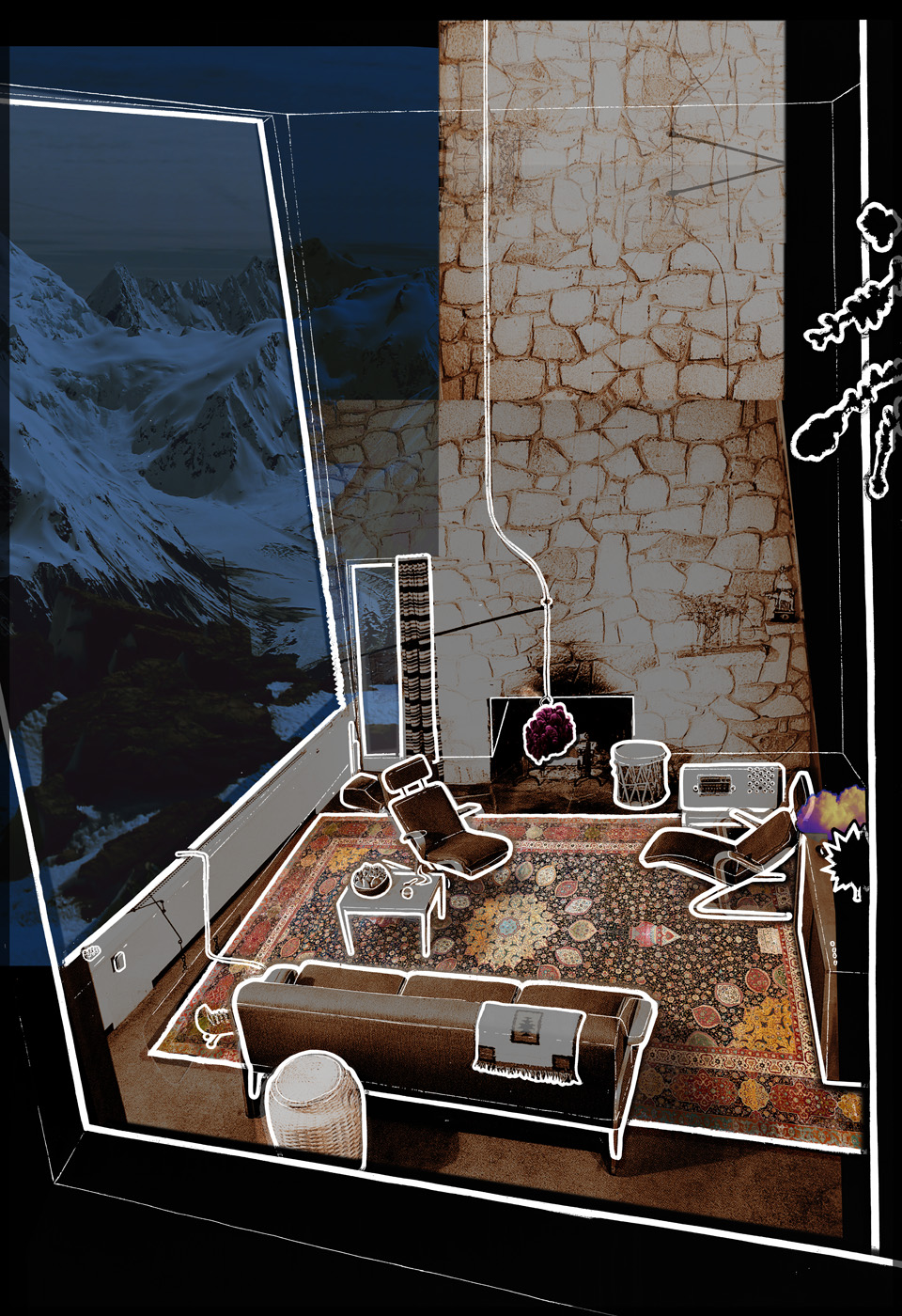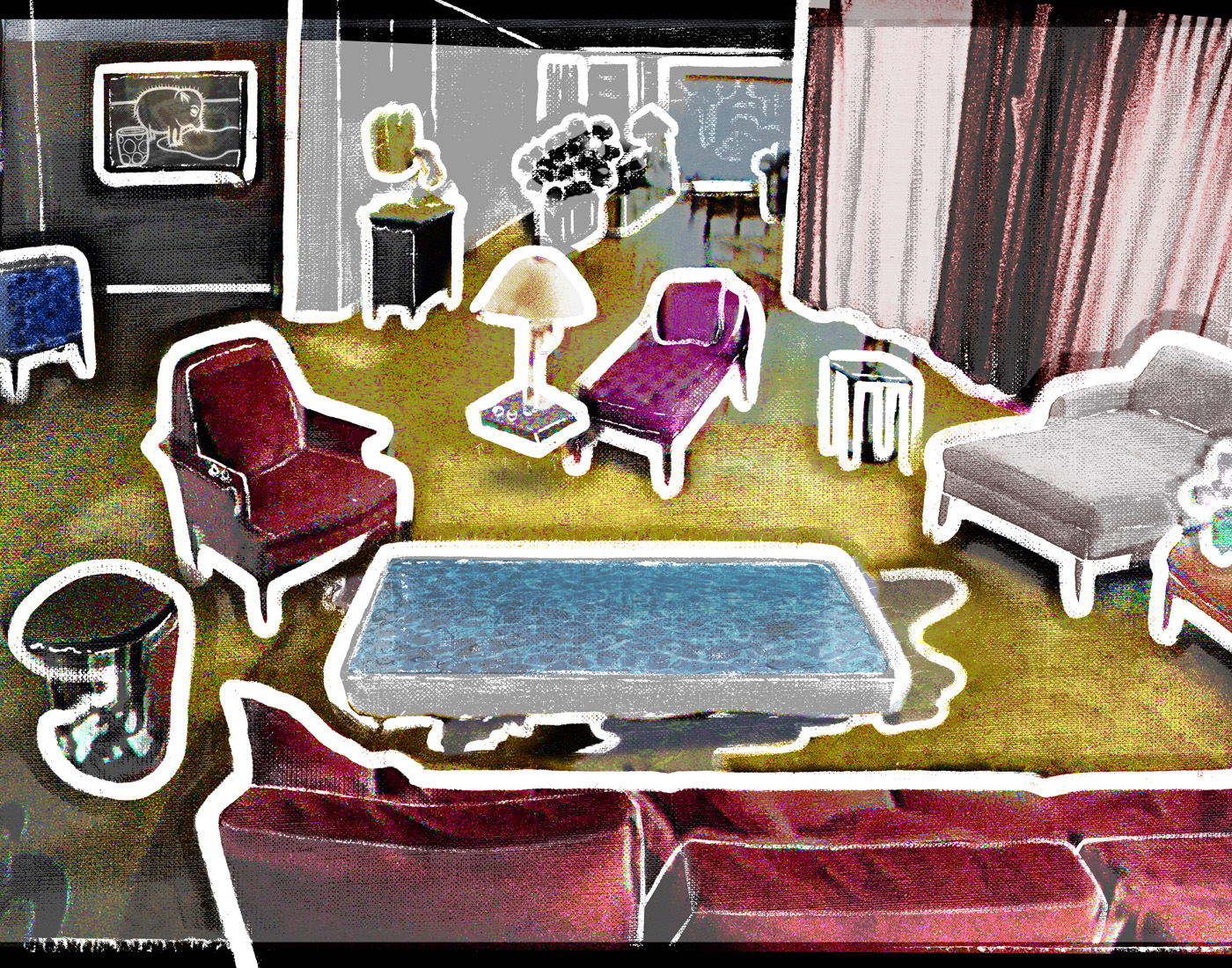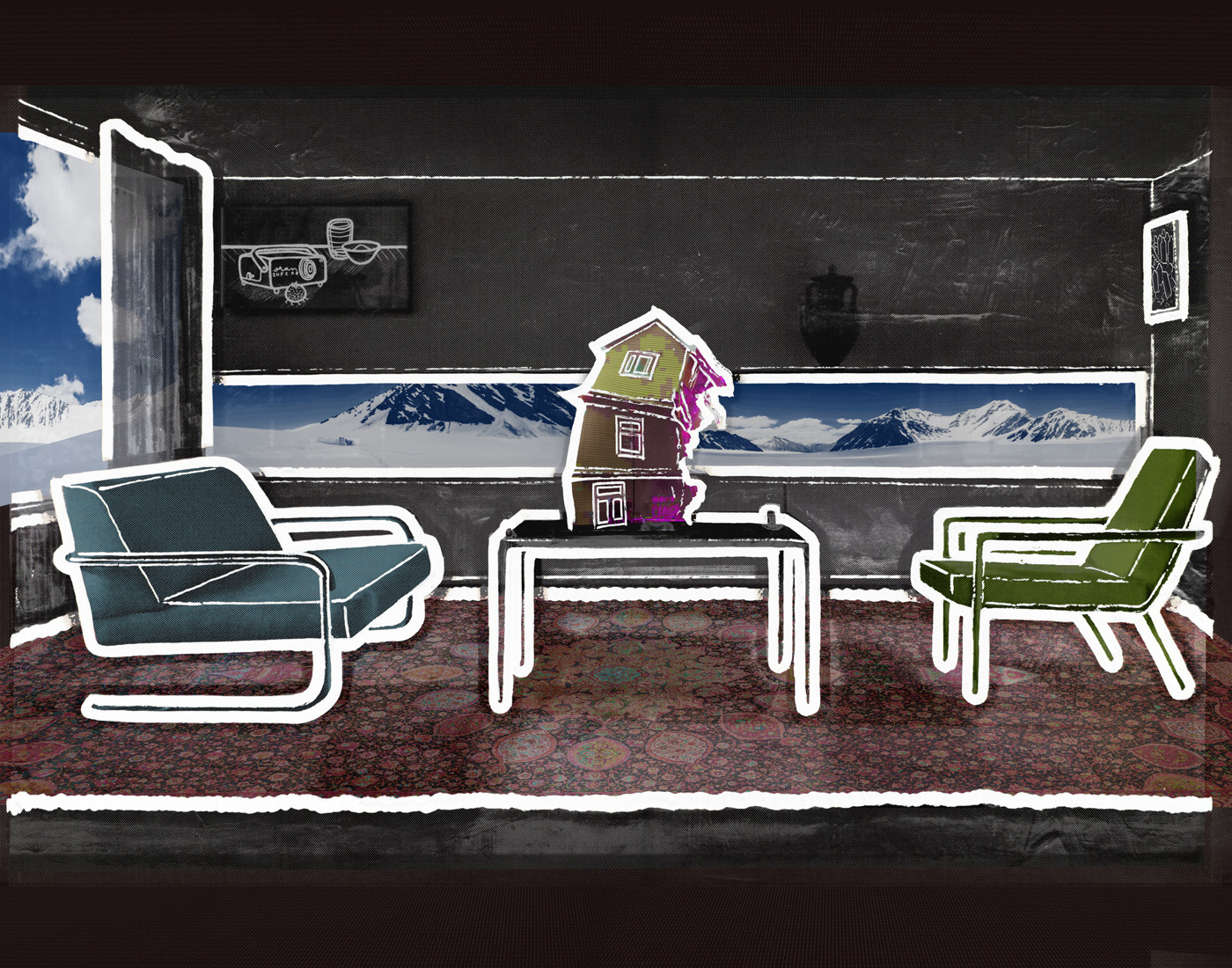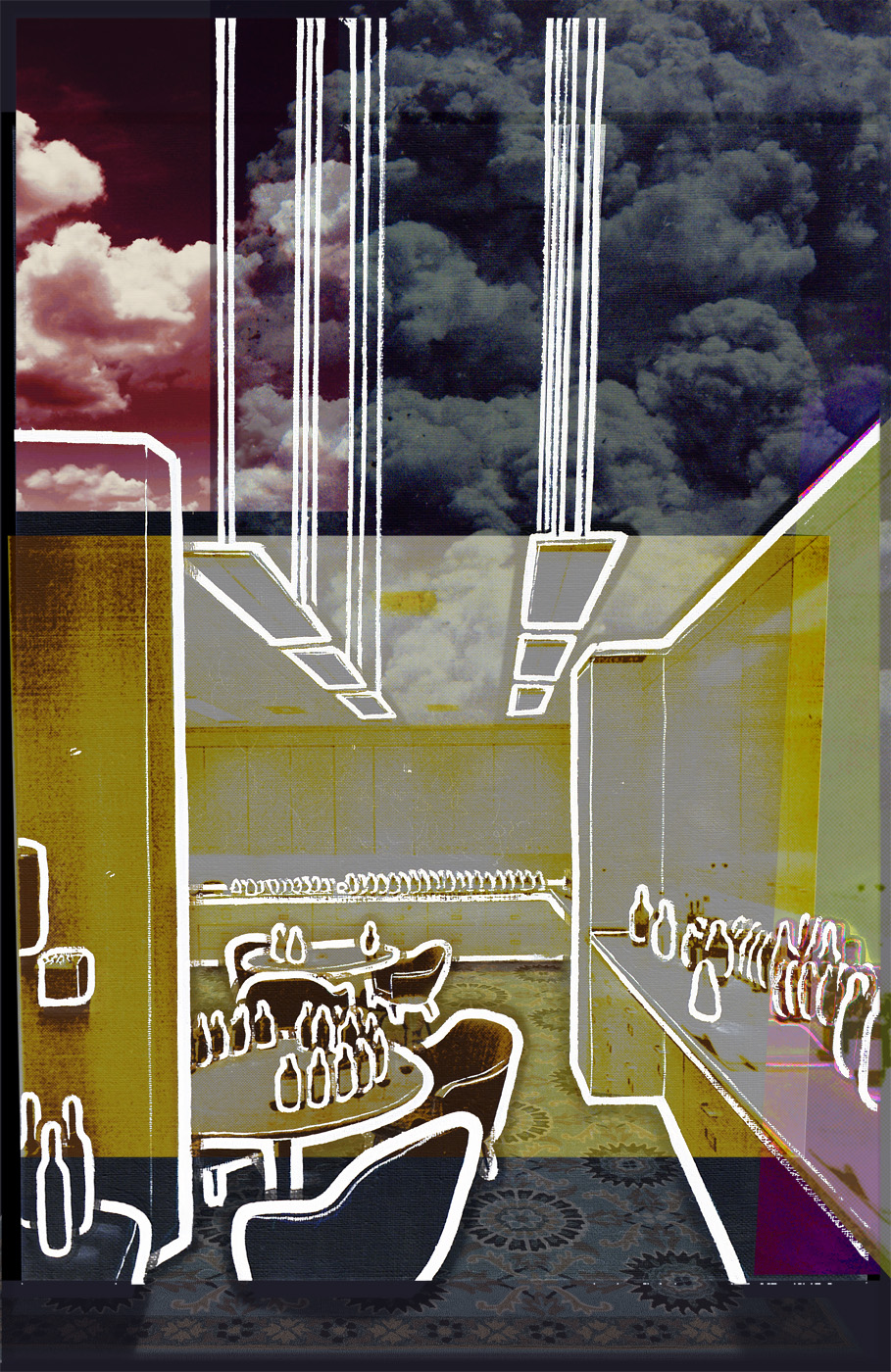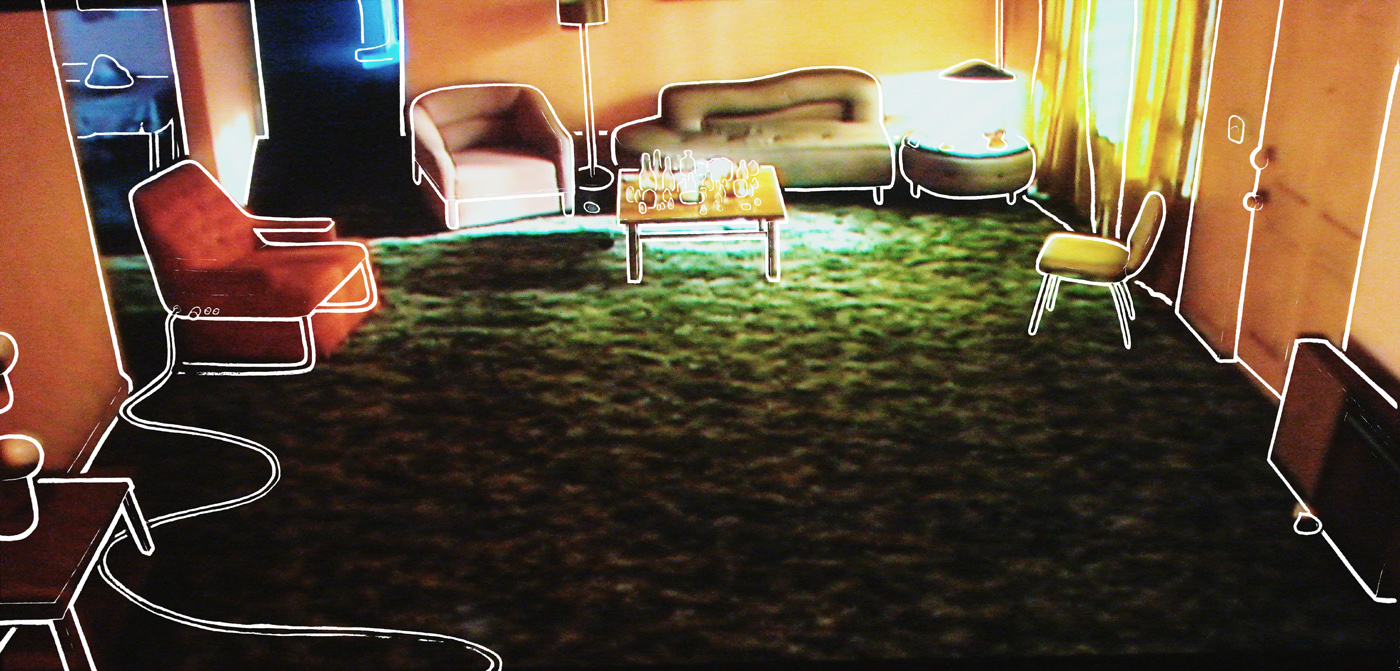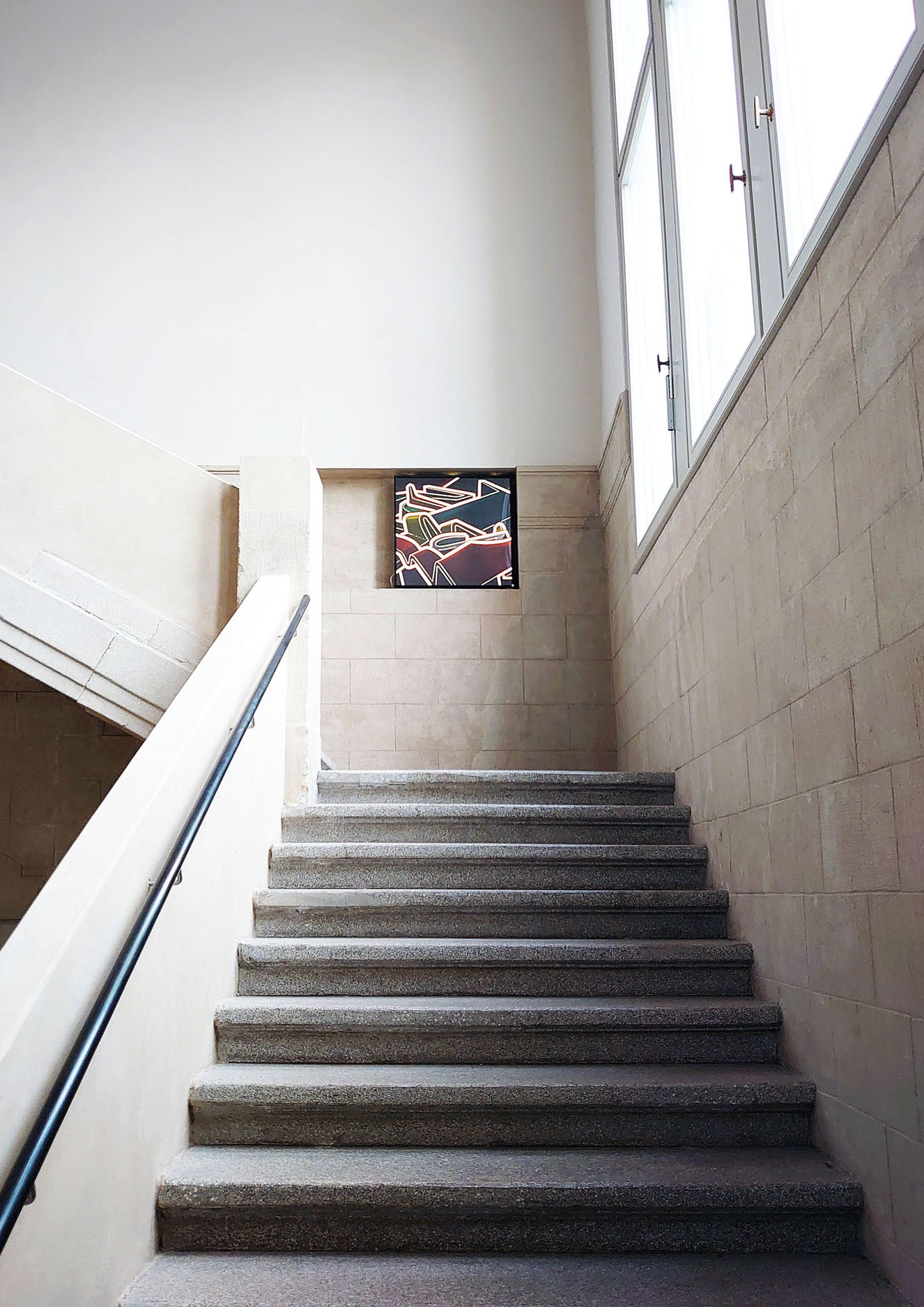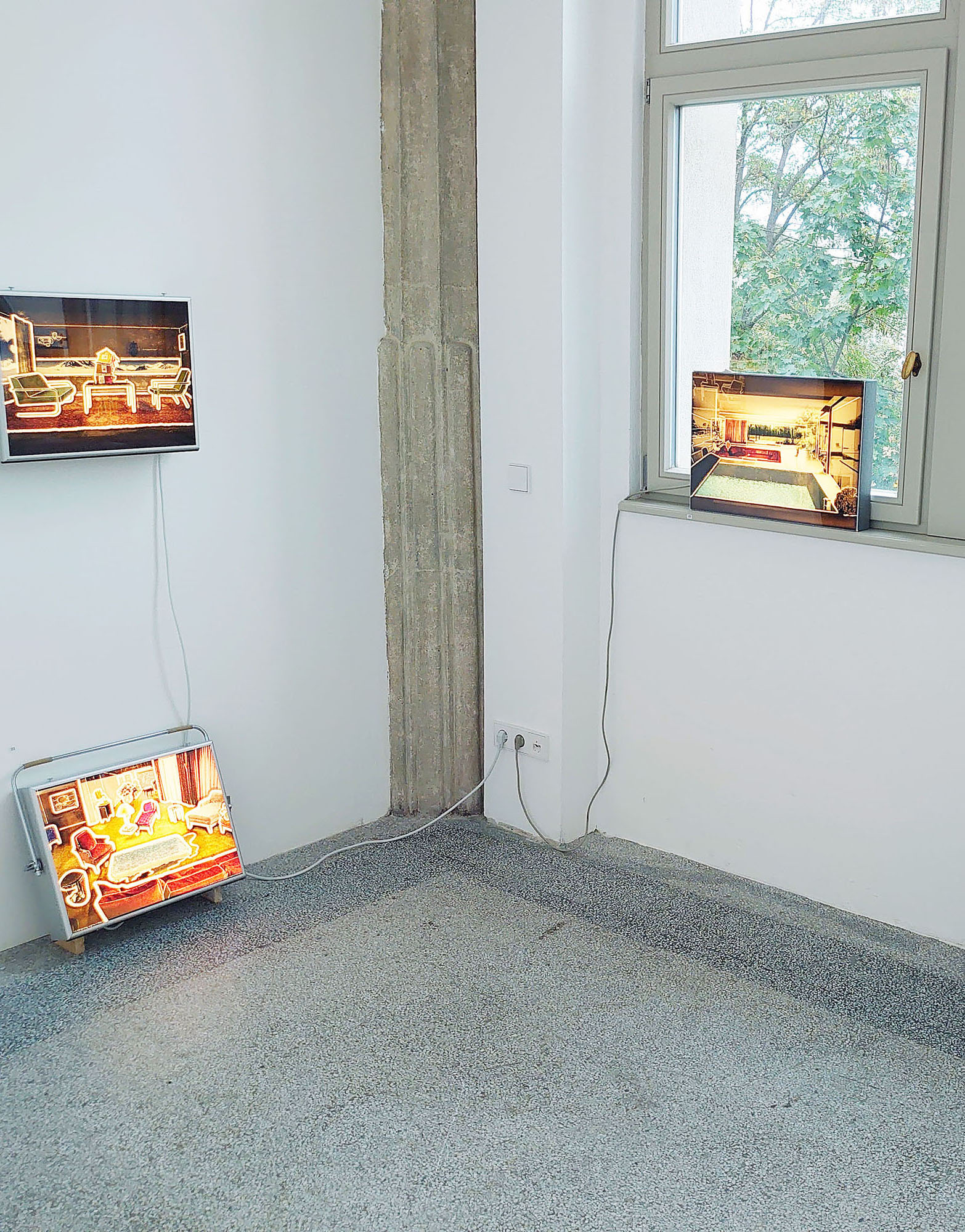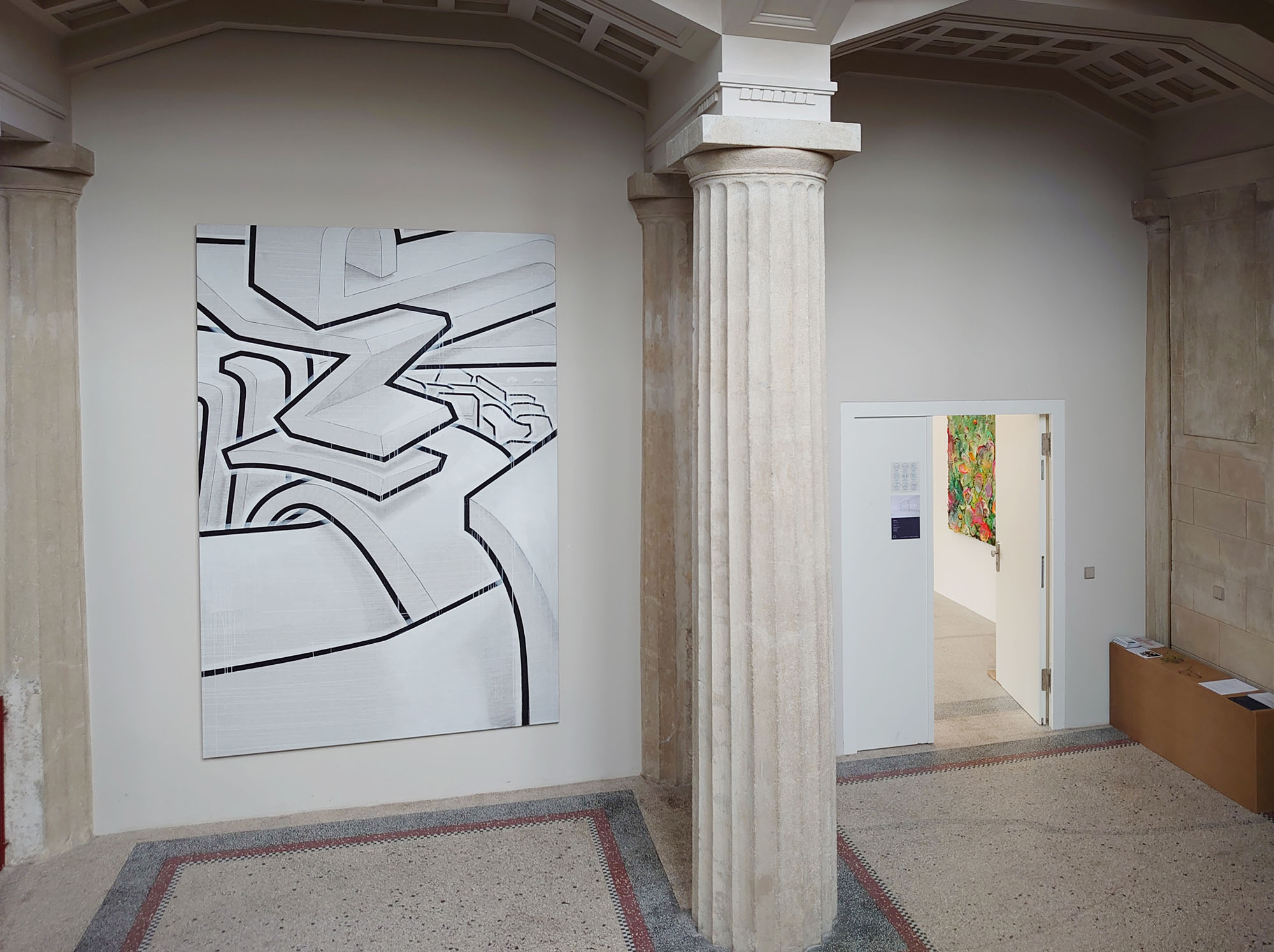Torsten Ruehle
CV
| *1975 | Dresden |
| 2003–2005 | HGB Leipzig (Arno Rink) and KH Berlin Weißensee (Hanns Schimansky) |
| Lives and works in Berlin |
Solo exhibitions
| 2022 | Belichtung, Galerie Schwarz, Greifswald |
| Linear Stereo (Duo), Villa Heike, Berlin | |
| 2021 | Lichter (Duo), Villa Heike, Berlin |
| 2020 | Nichts, Villa Heike, Berlin |
| Fahne #7, Villa Heike, Berlin | |
| 2019 | Lab, Evelyn Drewes | Galerie, Hamburg |
| Fahne #1, Villa Heike, Berlin | |
| 2018 | Besuch, Atelier Josepha, Ahrenshoop |
| Strom, TIL, Berlin | |
| Ausflug, Galerie Schwarz, Greifswald | |
| 2017 | Toast Hawaii, NeonGold Projects, Berlin |
| 2016 | Mukran, level41 Altstadt Vienna, Austria |
| Goethe Institut (Duo), Bogotá, Columbia | |
| 2015 | Stilles Wasser, K. M. Raab Galerie, Berlin |
| 2014 | Zeitlupe, Kunstraum Bernusstraße, Frankfurt am Main |
| COLOR, Galerie Schwarz, Greifswald | |
| 2013 | COLOR, Mohrenstraße 11, Berlin |
| berlin pictures, German House, New York, USA | |
| Süden, Galerie Börgmann, Mönchengladbach | |
| 2012 | Minimal, Studio Bosco Sodi, New York, USA |
Group exhibitions
| 2023 | *Out of Bond*, BOLD berlin.club, Berlin |
| Mixed Media #2, Projektraum studio. curated by Evelyn Drewes | Galerie, Hamburg | |
| 2022 | Elb/Hängung #2, Villa am Elbhang, Hamburg |
| 2020 | Nachts allein im Atelier #7, Evelyn Drewes | Galerie, Hamburg |
| Stadt - Bild, Galerie Schwarz, Greifswald | |
| 2018 | Offene Gesellschaft, TIL, Berlin |
| 2016 | Liaison, Uferhallen, Berlin |
| 2015 | Drucke, Galerie Schwarz, Greifswald |
| Sinfonia Tropico, Bogotá, Columbia | |
| Circus Circus, Circus 1 und 11, Putbus | |
| BOS, Jefferson 382, New York, USA | |
| art affairs, Villa Philipsborn Dahlem, Berlin | |
| Topf und Deckel, Kunstmuseum Villa Zander, Bergisch Gladbach | |
| 2014 | Superposition, Goethe Institut, San Francisco, USA |
| Superposition, Goethe Institut, Los Angeles, USA | |
| Kunst und Gesundheit, Französische Botschaft, Berlin | |
| 2013 | L‘Art et la Sante, 54 La Boétie, Paris, France |
| 20 Jahre, Galerie Schwarz, Greifswald | |
| 2012 | Superposition, Mohrenstraße 11, Berlin |
| Ius Primae Noctis, Galerie Börgmann, Mönchengladbach | |
| Schwarz auf Weiß, Galerie Schwarz, Greifswald | |
| beauty of the ugly truth, 2x2projects, Amsterdam, Netherlands | |
| Feuver, Potsdamer Straße 53-54, Berlin | |
| Weekend, Hilgemann Projects, Berlin | |
| 2011 | Leistungsschau, Kunsthalle am Hamburger Platz, Berlin |
| Berlin-Zürich, Schiffbau 5, Zurich, Switzerland | |
| Westendsommer, Galerie Schwarz, Greifswald | |
| group show, Galerie Hilgemann, Berlin |
Life is a Dream – The Paintings of Torsten Ruehle
Our lips shouldn't touch
Move over darling
I like it too much
Move over darling
That gleam in your eyes is no big surprise anymore
Cos you fooled me before
Doris Day 'Move Over Darling' (1963)
Often the paintings of interiors made by Torsten Ruehle evoke a paradoxical response in the viewer. In the first instance they are filled with a sense of a seeming lyrical harmony, where there is a calming iconography within the language of suburban international modernism and its erstwhile 'life made easy' of benign consumption. But from a second point of view there is a clear feeling of visual disturbance, a rupture has taken place, and what was an initial sense of transparency becomes increasingly opaque both visually and metaphorically. As if to restate matters for the painter Ruehle, there is simultaneously clarity and ambiguous uncertainty that pervades and quite deliberately unnerves the immediate viewing experience of this artist's paintings. The use of a pictorial metaphor of a screening - or deliberate masking - informs the initial optical character of Ruehle's paintings at one level, while at the same time it further mitigates and exposes their actual material processes of production on the other. Thus what appears harmonious conceals a sense of unresolved inner dissonance. The relationship between drawing as line - as distinct from the drawn as simple composition - is very important to Torsten Ruehle. In preparing the surface composition detailed line elements are set out and positioned, there follows a semi-opaque masking process as a gesso-ed ground or screen is applied and brushed over the original motifs. Thereafter strong singular black pigment-pen lines are drawn around objects and characters that are deliberately intended to equate with visual artifice, the illusory artifice of Ruehle's paintings as their expressed contents. If as Gertrude Stein humorously observed 'there are no straight lines in nature', then Ruehle's art just as readily re-asserts that his paintings and black lines (straight or otherwise) are not to be of nature but transpositions of a deliberately imagined and constructed world. In either case as Hegel long ago asserted art is the servant of artifice that triumphs over and above the transpositions of scenes of nature. And, traditionally like most German painters Ruehle is decidedly a maker of images clearly intended from the outset to be seen as paintings, and not as it were poetic parallels or challenges to the natural world. Though it may be just as evident that the artist Ruehle intentionally represents material aspects of the world common to the recent history of modernism. The strategic condition of this artist's sense of configuration is therefore to make line contain and expose, and that German art with its rich graphic tradition has ever been one that has foreground-ed the use of linearity. Or, to quote Klee, 'take a line for a walk'. (...)
As in those cases with the inclusion of human figures like Outland Empire (2008), and the large painting called Gravity (2007), they take the form ofspectral entities in ghosting spaces. When initially drawn in some detail in coloured pencil the figures and objects are often highly finished. It is a finish that is then literally masked or over-painted by the subsequent opaque screening of white paint, and gives the effect somewhat as if a Renaissance velo or veil has been placed in front of the image contents. The contour lines that are then superimposed on the opaque screen over the core subject, creating the effect of a free form contour stylisation. A whole variety of different perspective viewpoints are used, and in Gravity Ruehle adopts an aerial viewpoint, while in Outland Empire it is a raised centre field viewpoint. In both instances the female figures lounge haplessly on their would-be designer furniture, rather undermining the ergonomic design principles on which many of their functional qualities claimed to have been based. The settings are girls 'pyjama' or 'stopover' parties typical of the huge teenage female culture that was emerging in the 'baby boomer years' of the 1950s and 60s in America. The sense of artifice is reinforced by strained use of bleached electric lighting in these interiors. And, since most of the Neutra architecture was built on the open planning principle and favoured natural lighting systems, we could argue that this is also part of the intended perversity that Ruehle has adopted to deliberately undermine the lifestyle feigned by these faded utopias. Faded, perhaps, like the many period photographic images that the artist has inevitably sought and used as the main source materials in these paintings. If photography provides a provisional source for Ruehle's paintings, the use of film and filmography is surely far moresignificant, and allied to that we also find indirect references to an earlier twentieth ncentury tradition of American painting. (...)
Film as both scenario and setting is increasingly important to Ruehle, and film provides both the space and propensity for the subtlety hidden notions of the avant garde and kitsch I have already alluded to. The latter being the force that undermines any notion of there being the possibility of a plausible 'utopian modernism'. In Blue Velvet the heroine says to the lead character 'I can't figure out if you're a detective or a pervert?' The point to be made, beyond its facile simplicity as a statement, however, is that the collaged world of film (cut and edit) provides a far better fluid paradigm to understand the modern world than the lost illusions of high modernism's consumer utopia. In the diptych that Ruehle simply calls Pilgrimage (2008), the sentimental consumer relativism that typifies our age is made clear. On the left a kitsch repository of statues of 'Our Lady of Fatima, of Lourdes, of Guadeloupe' and no doubt numerous other places, while on the right is a kitsch world of dogs and cats as family pets. I suppose given the choice today of God or your pets it's a pretty close run thing as regards pretensions to the spiritual and/or sentimental animal attachments. It is this very ambiguity and questioning dissonance that makes Torsten Ruehle's paintings so interesting.
Mark Gisbourne

